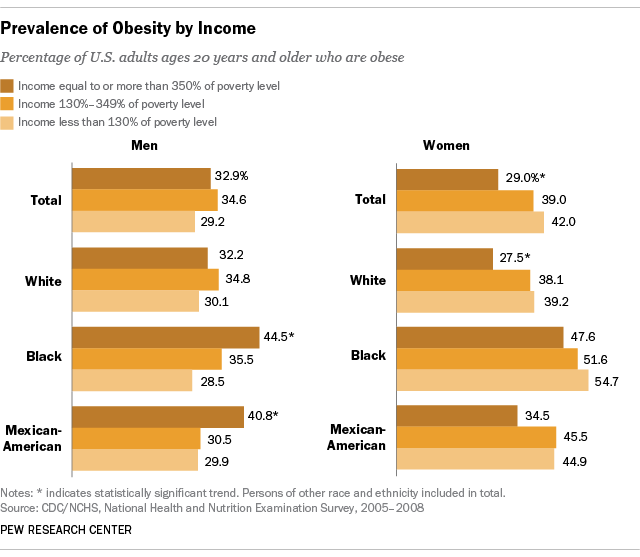I would like to know if is incorrect to express percentages above 100% for a known quantity. My friend says no matter what you cannot ever express anything above 100%. The chart that stated the debate:

It groups individuals based on their income in relation to federal poverty level. 350% of poverty level to me sounds like 3.5x poverty level, my friend disagrees. He cites his college credit in a statistics class as why he is right and i am wrong. I do no possess college credit for any math courses.
So please, anyone that is well qualified, clear up this little debate for me.
Bonus question: Can you average the three income brackets and offer one obesity statistic for an ethnicity? For example White Men 32.2 + 34.8 + 30.1 divide by 3 = 32.366 % obese.

It groups individuals based on their income in relation to federal poverty level. 350% of poverty level to me sounds like 3.5x poverty level, my friend disagrees. He cites his college credit in a statistics class as why he is right and i am wrong. I do no possess college credit for any math courses.
So please, anyone that is well qualified, clear up this little debate for me.
Bonus question: Can you average the three income brackets and offer one obesity statistic for an ethnicity? For example White Men 32.2 + 34.8 + 30.1 divide by 3 = 32.366 % obese.
